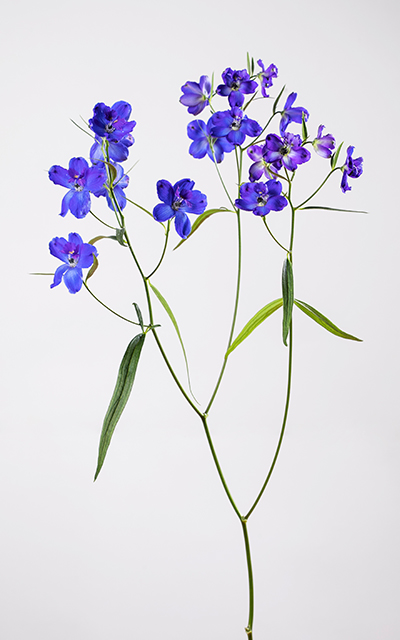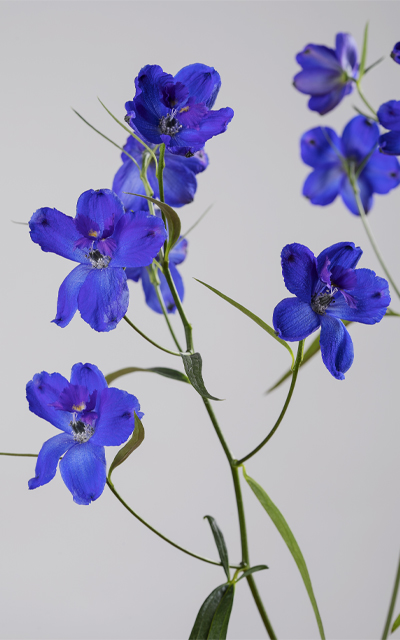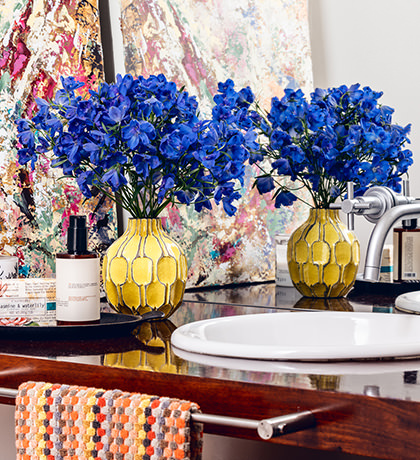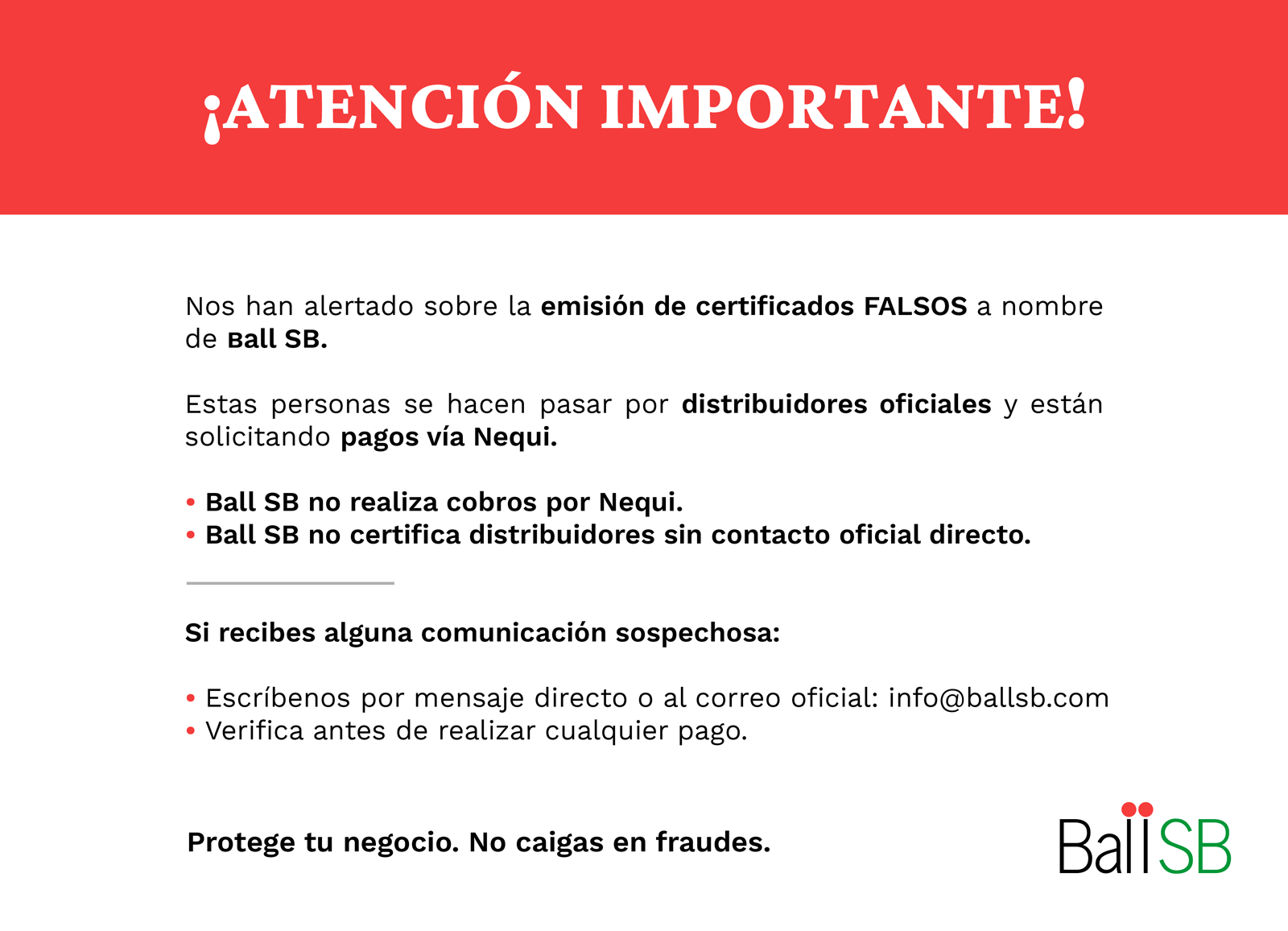Sunshine
- Desired variety not only because of strong, tall, sturdy stems and big strong, true blue single florets but also because of its spray habitat and flowers that open all on top – hence, it is a perfect for bouquets
- A tissue-culture breeding breakthrough, it is highly programmable and provides very uniform blooming
- A novelty choice for commercial cut-flower growers and consumers – provides a true blue element to flower arrangements
Culture Tips
CROP TIME
From planting to harvest 12 weeks.
From prune to harvest 10 weeks.
STEM HEIGHT
60 cm
PLANTING DENSITY
10-12 plants/m2 net
PRE-PLANTING
Soil: Well drained, loose soil with no clusters, at least 25 cm (10 in.) deep.
pH: 6.0 to 6.5
Netting: 2-3 levels
IRRIGATION
Keep the moisture at field capacity during the plant’s growth. At the beginning of the harvest, gradually reduce the humidity and increase gradually after the harvest is finished, when plants produce new shoots.
PLANT FORMATION
After planting, plants will produce induced stems. Pinh or remove the flower of each stem. Perform this labor weekly for 3 to 4 weeks until the plant has produced 4 to 5 vegetative sprouts. Once this happens, let the plants grow. When the stem has developed the flowers, remove the apical flower to break the dominance and form the spray. Harvest the stems leaving two pairs of leaves on the plant, once the harvest is finished do not prune the plants. Only do dry leaf cleaning. If the plant produce flower stems, princh the flower as it was done during the initial formation of the plant.
FERTILIZATION
A general fertilization formula can be the following:
N: 80 ppm
P: 40 ppm
K: 150 ppm
Ca: 120 ppm
Mg: 50 ppm
S: 50 ppm
Fe: 2 ppm
Mn: 2.5 ppm
Cu, Zn and B: 0.2 ppm.
Maintain an electric conductivity below 1.3.
HARVEST
The optimal harvest stage is when one flower has its petals straight and when the petals start to separate. The maximum cut stage is when the inflorescence has 30% of open flowers.
POST HARVEST TREATMENT
Hydrate in a AVB solution (1cm3 /Lt water). Then after the pH should be between 7 and 8. Mix well and add AVB booster (1 cm3/Lt water). Once mixed, the pH should be between 3.2 to 5.5. Keep in ths mix for 2 hours. Then hydrate in Chrysal Professional 2 (10 cm3/Lt water). Once mixed, the pH should be between 3.5 and 5.5.
PACKAGING AND STORAGE
After post-harvest treatment, pack 20 bouquets in a hamper box all placed in the same direction. Immediately after, store in cold room to maintain vase life. Store the hamper box vertically to avoid twisted stems.
PESTS & DISEASES
•Slugs
•Thrips sp
•Symphylans
•Botrytis sp




